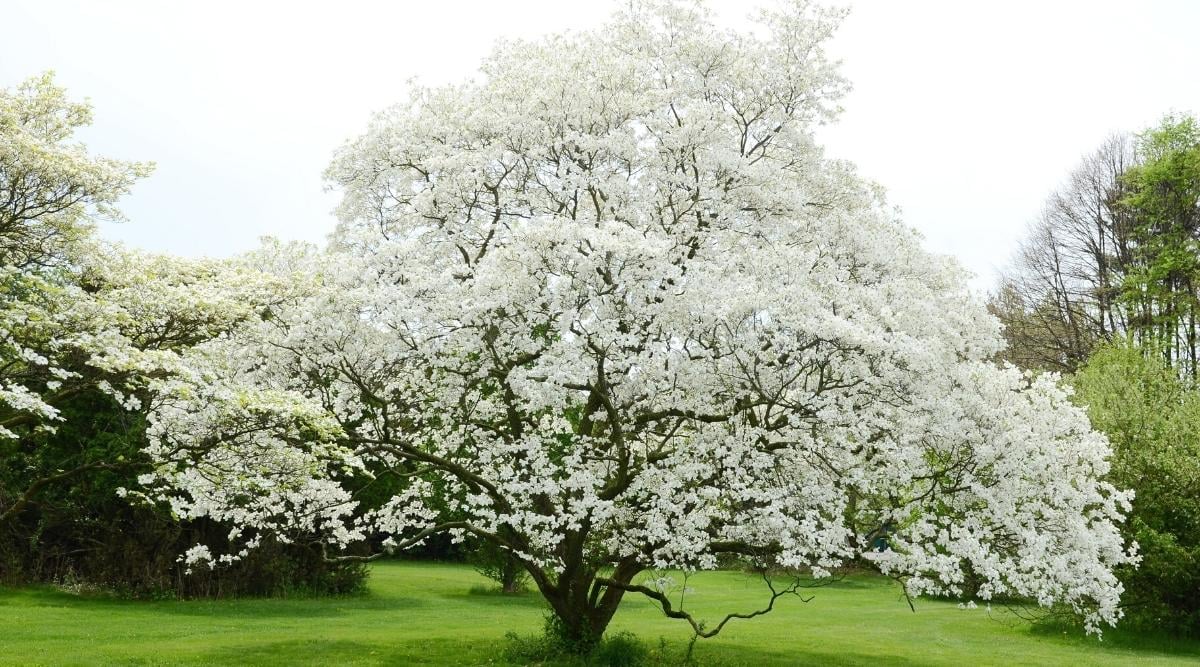Table of Contents
Are you looking to add a plant to your garden this spring that requires minimal space, blooms beautiful flowers, and shines in the winter? Cornus ‘Dogwood’ just might be the plant you need. It is the perfect plant for those who want a plant that is both visually stunning and easy to maintain. These flowers and their enchanting looks make them a delightful addition to any garden.
Although it is very easy to grow, there are still some intricacies to growing and maintaining this charming plant. That is why we have put together this checklist so that you can get the most out of your dogwood tree. In this article, we will go over everything from how to plant, choose the right soil, water, feed, fertilize, and maintain this garden beau-idéal.
So, let’s get into it, starting with a look at why you should even consider planting this tree.
Benefits of Planting Cornus ‘Dogwood’
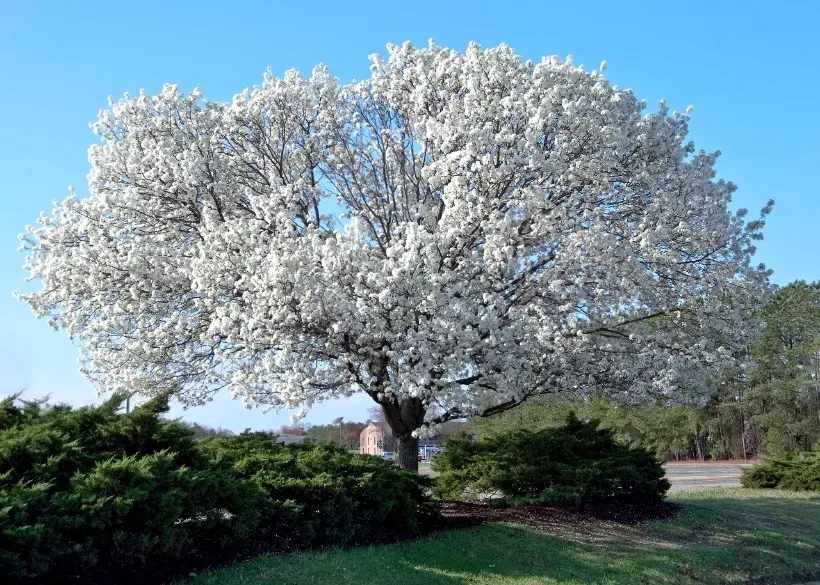
Although found throughout Asia, South America, and Asia, this plant is thought to derive its name from the old English word “dagwood.” Scholars suggest that its name was inspired by its consistent use in making daggers or arrows, hence the name “Dagwood” and the contemporary rendition “Dogwood”. This should tell you about Dogwood’s versatility, which is used in everything from furniture to traditional medicine.
Some of the main benefits of planting Cornus ‘Dogwood’ include:
1. Versatility
Due to their remarkable versatility in growing conditions and size options ranging from small shrubs to majestic trees, they have become a popular choice among gardeners. What boosts their popularity are the options you get when you look into the varieties of Corpus trees, which make sure everyone finds their perfect size and variant of this tree.
2. Low-Maintenance
There has always been an appeal for plants that require low-maintenance but still thrive, which is exactly why you should consider the Dogwood family. These plants are not only low-maintenance when it comes to watering and fertilizing but also have a natural defence against pests and fungal attacks. With this plant in your backyard, you can lay back without having to worry about pests on your tree and know that your plant will flourish.
3. Wildlife Attraction
Cornus trees are known for attracting wildlife, including birds, butterflies, and other animals that are not only great for birdwatching but also prove to be beneficial to your garden. Their berries provide a food source for birds and squirrels, while on the other hand, their foliage provides shelter for these animals. Meaning planting this tree is not only beneficial for you but also helps nature develop a local ecosystem.
Types of Dogwood Trees
If you’re looking for a dogwood tree to grow in your garden, there are several diverse variants available for you to choose from, with each of them bringing its own distinguishing qualities and benefits. Here we list five variants you must consider:
1. Red Twig Dogwood
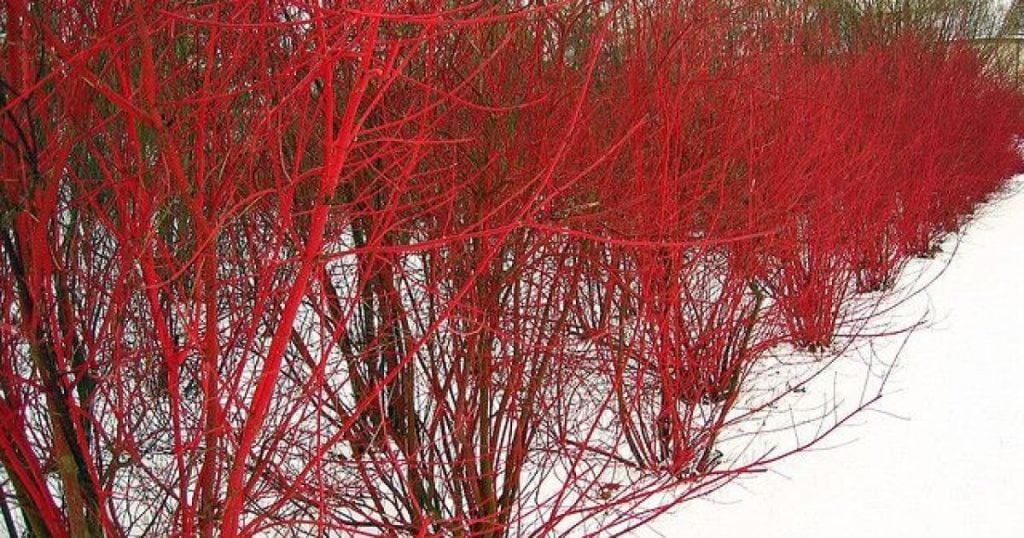
If you wish to add a scarlet pop to your garden, then the Red Twig Dogwood might be your answer. It produces small white flowers in the spring and berries in the fall that attract wildlife. An interesting fact about the Red Twig Dogwood is that the plant’s roots and bark used to be used in traditional medicines by North American indigenous people.
2. Pacific Dogwood
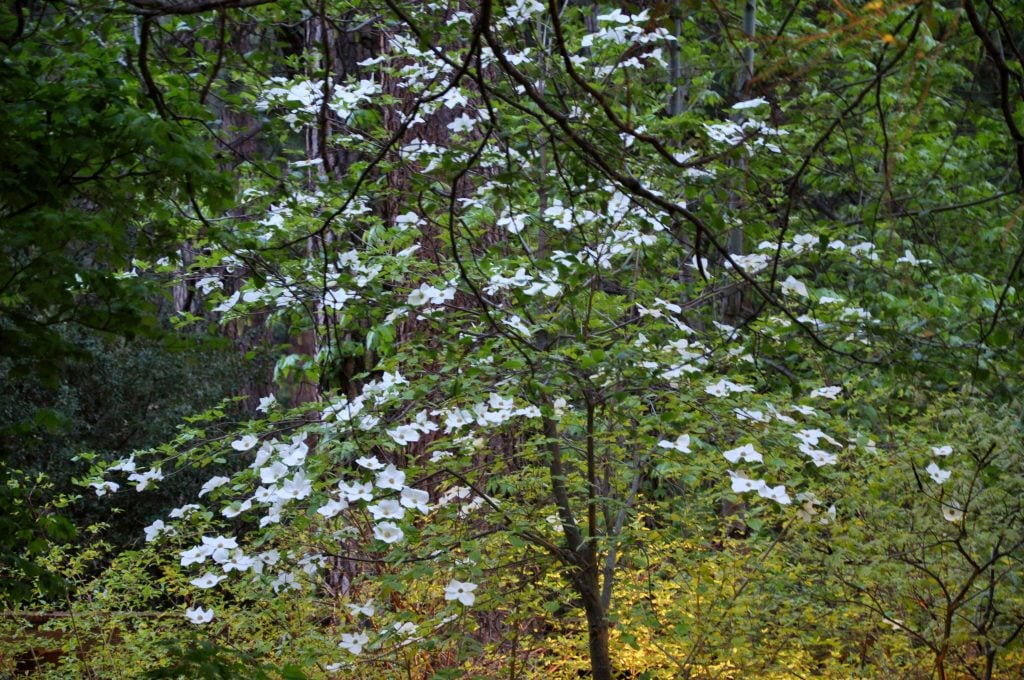
The Pacific Dogwood is known for its white and pink flowers that can grow to a size of up to 10 cm. The plant’s bark can be a homemade solution to common ailments such as stomach aches, fevers, and even toothaches. What makes Pacific Dogwood’s mention special is its historic status in places like British Columbia and Washington, where it is the provincial and state flower, respectively.
3. Flowering Dogwood
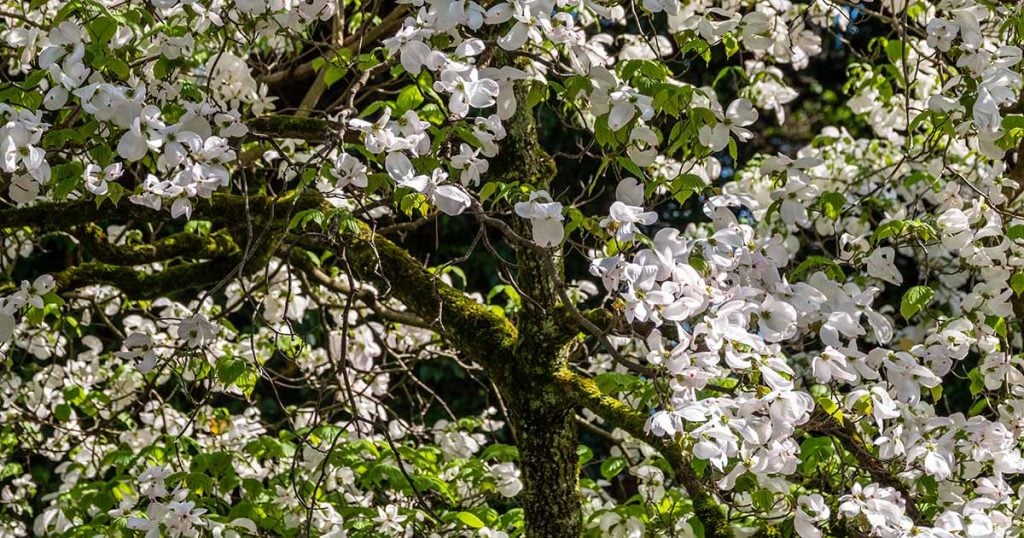
This medium-sized Dogwood is perfect for those who have a full garden and want a Cornus plant that does not take up their entire backyard. Known for its medicinal usage, this plant helps with issues such as headaches and respiratory problems. The fact that distinguishes flowering dogwood, also known as Cornus Florida, is its peculiar ability to change its sex.
For example, a male tree may produce female flowers for one year if conditions are suitable for seed production but may do the exact opposite the next year. However peculiar it may be, this ability has ensured its reproductive success in different environmental conditions.
4. Pagoda Dogwood
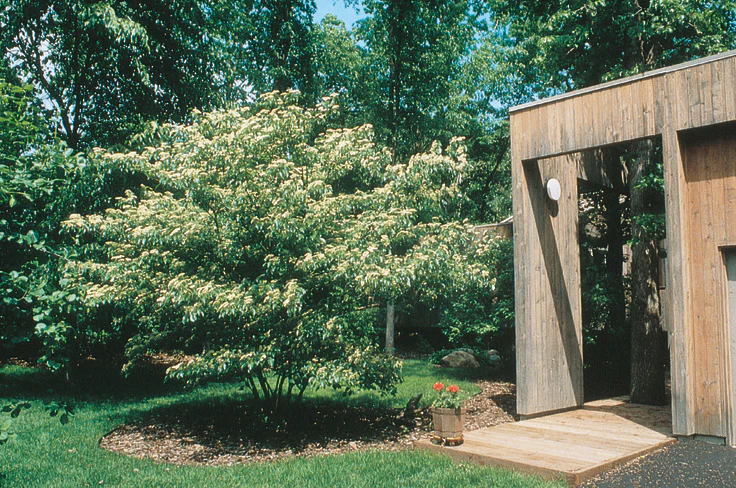
Pagoda dogwood is native to eastern North America. It derives its name from its horizontal branches, which give it a layered, pagoda-like appearance. It produces small, white flowers in late spring or early summer, followed by blue and blackberries in the fall. Its bark is also considered attractive, which exfoliates to reveal a patch of grey, brown, and tan colours. The Pagoda Dogwood is a great choice for anyone who is looking for something unique and interesting.
5. Kousa Dogwood
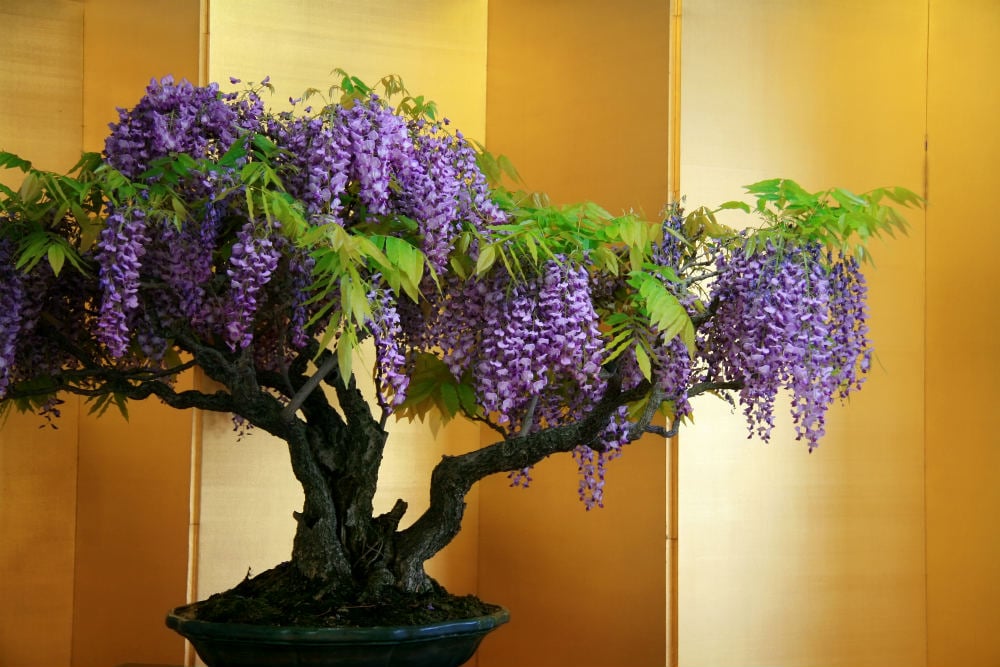
The Cornus Kousa, or Kousa Dogwood, is a plant native to China, Korea, and Japan. It produces small, star-shaped flowers in shades of white or pink that bloom later in the season compared to other dogwood varieties. The Cornus Kousa is a great choice for your garden, and you can also turn it into a bonsai and keep it in your living room or make a bonsai display in your backyard. When it comes down to it, there are several benefits that make planting dogwood trees in your garden worth considering. These easy to take of trees not only make your garden beautiful with their flowers, but they also provide innumerable benefits like helping you deal with headaches and stomach aches and also attract local birds to your garden.
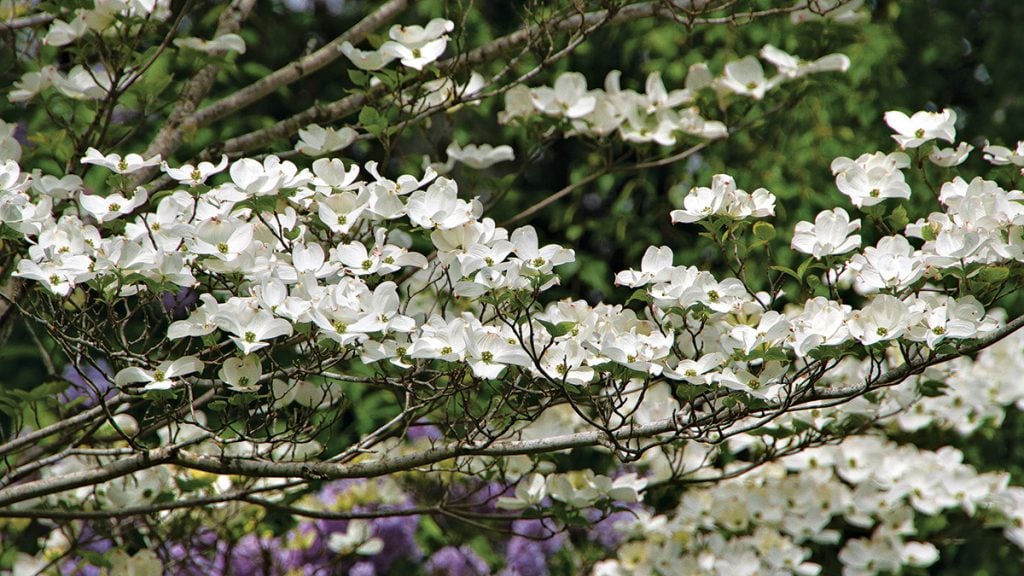
Dogwood trees are generally known to be hardy plants that don’t pester you with a constant need for maintenance, but there are certain soil and climate conditions that can help them thrive. Here are five soil and climate conditions that dogwood trees typically need:
- Well-Draining Soil: Try to avoid planting your dogwood tree in an area that clogs water. Standing water is detrimental for budding dogwood trees and can lead to root rot.
- Moist soil: While dogwood trees don’t like wet feet, they do need consistent moisture to thrive. If your soil is sandy or tends to dry out quickly, you may need to water your dogwood tree regularly.
- Partial Shade: If your area experiences extended periods of dry spells, it is advised to plant your dogwood in a partially shady area. There needs to be a balance between how much sunlight and shade this plant gets since excessive sunlight can scorch its foliage and damage its flowers.
- Cool Climate: Although dogwood plants are perennials, they still need some basic climate needs met in their beginning months to thrive, and one of those needs is a moderate climate. Therefore, pro gardeners recommend that you plant your dogwood in early spring so that its roots have enough time to establish themselves.
- Acidic Soil: One of the most crucial but ignored points when it comes to growing dogwoods is that they need soil that is acidic with tons of nitrogen. You can test your soil or get it tested for pH levels. A pH level falling between 5.5 and 6.5 is ideal for healthy plant growth in most cases; however, if the result says otherwise, treatment may be required. You can use products like peat moss or pH-reducing liquid solutions to help with the situation.
Planting and Transplanting Cornus Trees
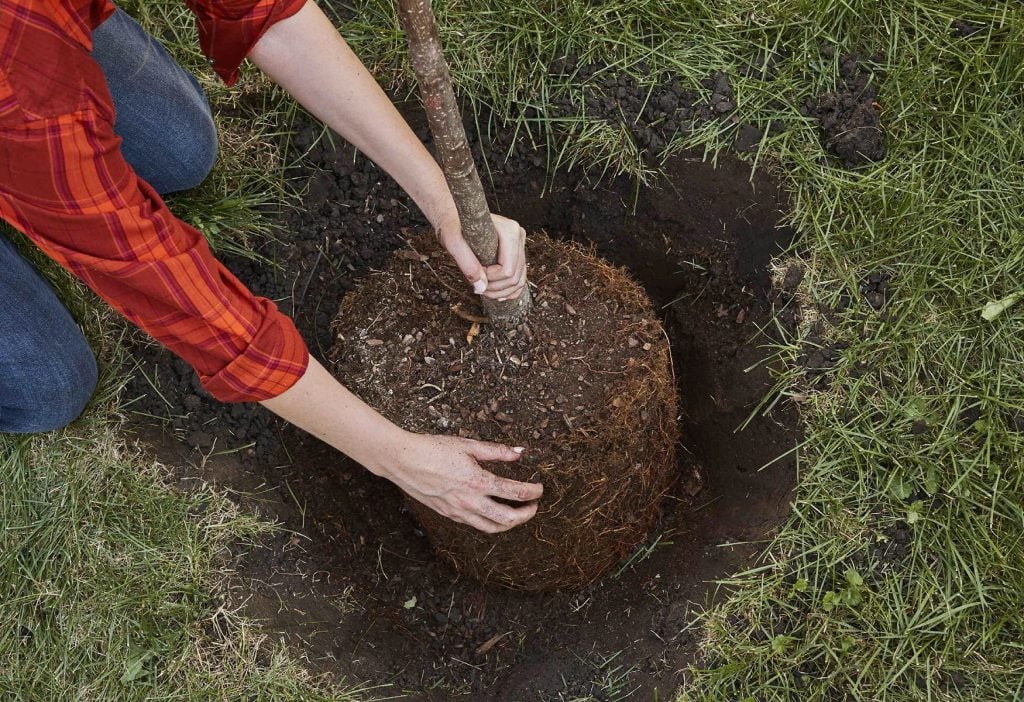
Now that you know what variety of dogwood you like and where you should plant it, it is time to learn how to ideally plant your Dogwood:
- Prepare the planting hole: Dig a hole that is twice as wide and just as deep as the root ball of your Cornus tree. Loosen the soil in the hole and mix in some compost or other organic material you find in your home to help enrich the soil.
- Plant the Tree: Place your Dogwood tree in the planting hole and refill the hole with soil, making sure to gently tamp down the soil around the roots to remove any air pockets. Water the tree thoroughly to help settle the soil around the roots.
- Water Regularly: Dogwood trees need consistent watering to thrive, especially during their first few months of growth when they are most vulnerable to drying up and being scorched by the sun.
- Transplanting; If you need to move your Cornus dogwood plant, the easiest time to do it is in its first year of growth, during autumn or early spring. While removing the plant, just make sure you don’t damage the roots of the plant, and it should be safe to be planted again following the above-mentioned steps.
Pruning and Training Cornus Trees
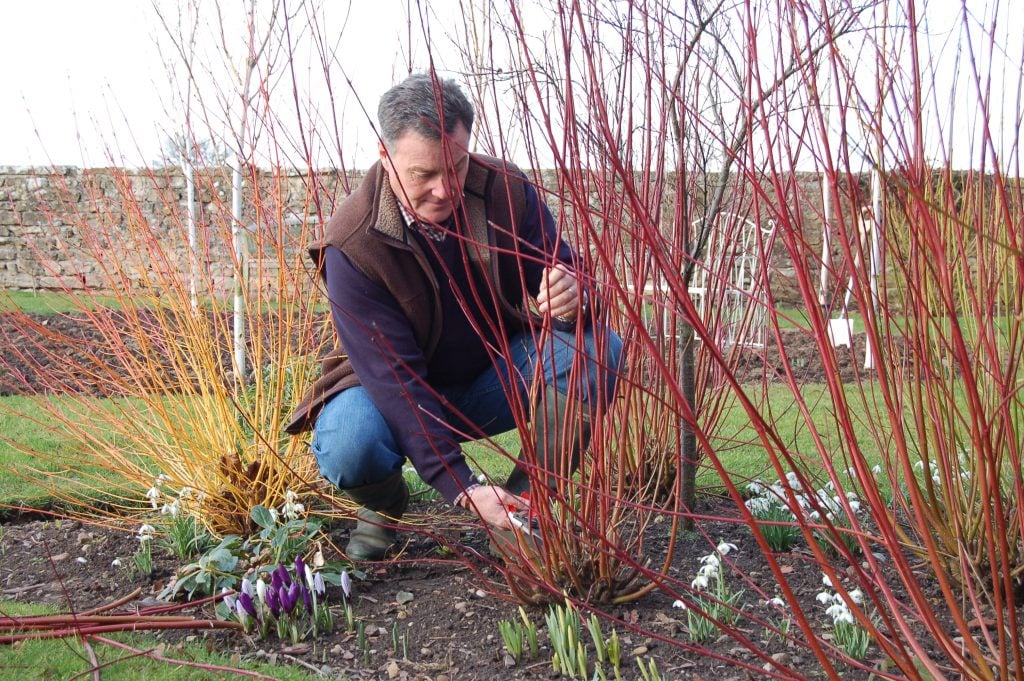
Dogwood trees need little to no pruning, but it is still important to prune them regularly to make sure your garden looks as perfect as you:
- Choose the right time: It is recommended to prune dogwood in early spring, which is when they get a growth spurt and develop new stems and leaves.
- Remove dead branches: If allowed to persist, dead and damaged branches can serve as a breeding ground for pests and diseases and take away from the tree’s overall health. It is best to prune them first and move on from there.
- Thin out crowded areas: Look for branches that are growing too close together and remove the weaker of the two. This will improve the tree’s overall structure and allow more sunlight and air to reach the centre.
- Train young trees early: If you have a young Cornus Dogwood tree, start training it early by removing any branches that are growing in the wrong direction. This will help it develop a strong and balanced structure.
- Use clean and sharp training tools: Using clean and sharp tools helps you avoid damaging your plant, so make sure you have clean tools so that you don’t infect your dogwood tree.
Common Pests and Diseases
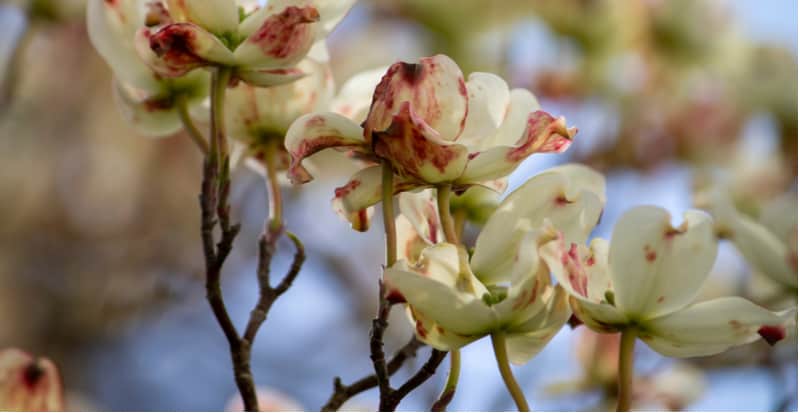
Cornus trees are hardy and strong trees that are resistant to most pests and diseases and actually help you cure some of yours, but they can still be susceptible to some specific issues of their own:
- Dogwood Anthracnose: This fungal disease can cause leaf spots, stem cankers, and even the death of your dogwood tree. To avoid it, plant dogwoods in well-drained soil, avoid overhead watering and prune out infected branches.
- Powdery Mildew: This fungal disease causes a white, powdery coating on the leaves, leading to leaf drop. To avoid it, plant your dogwood in areas with good air circulation and prune them to allow for good lighting.
- Dogwood Borers: This pest situation is known to cause plant dieback, which means the gradual death of the plant. To deter these pests, all you need to do is fertilize, water properly, and prune any branches that seem infected early on.
- Dogwood Clubgall Midge: This pest is like the tumour of trees; it causes abnormal growths on stems and leaves. They are most likely to turn up around spring, so look out for them, and if you notice any, then spray the area with insecticides made for midges.
Enjoy the Spring With Your Dogwood
It is easy to get busy with pruning, watering, fertilizing, and checking your soil for its pH level and lose sight of the entire purpose of why you planted that tree in the first place. So, take a breath, sit back, and have a look at the absolutely magnificent plant you have grown. Or if you’re a beginner looking to add a beautiful, low-maintenance plant to your landscape, then we hope we were able to provide you with enough of a reason to pick one of the wide Cornus Dogwood varieties available in the market.
Just make sure to follow the given steps, and since Dogwood trees have a natural defence against most pests and diseases, you don’t have to consistently be on guard. Be sure to consider the climate and soil conditions if you’re planning on getting a Cornus Dogwood tree for your landscape. And with such a diverse collection at your hand, you’re sure to find one that fits your needs.

